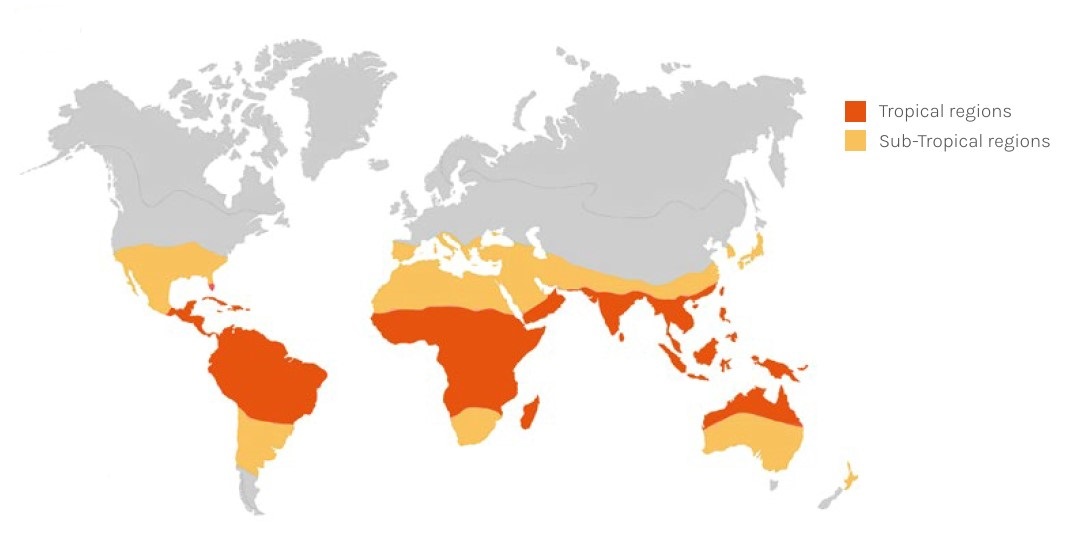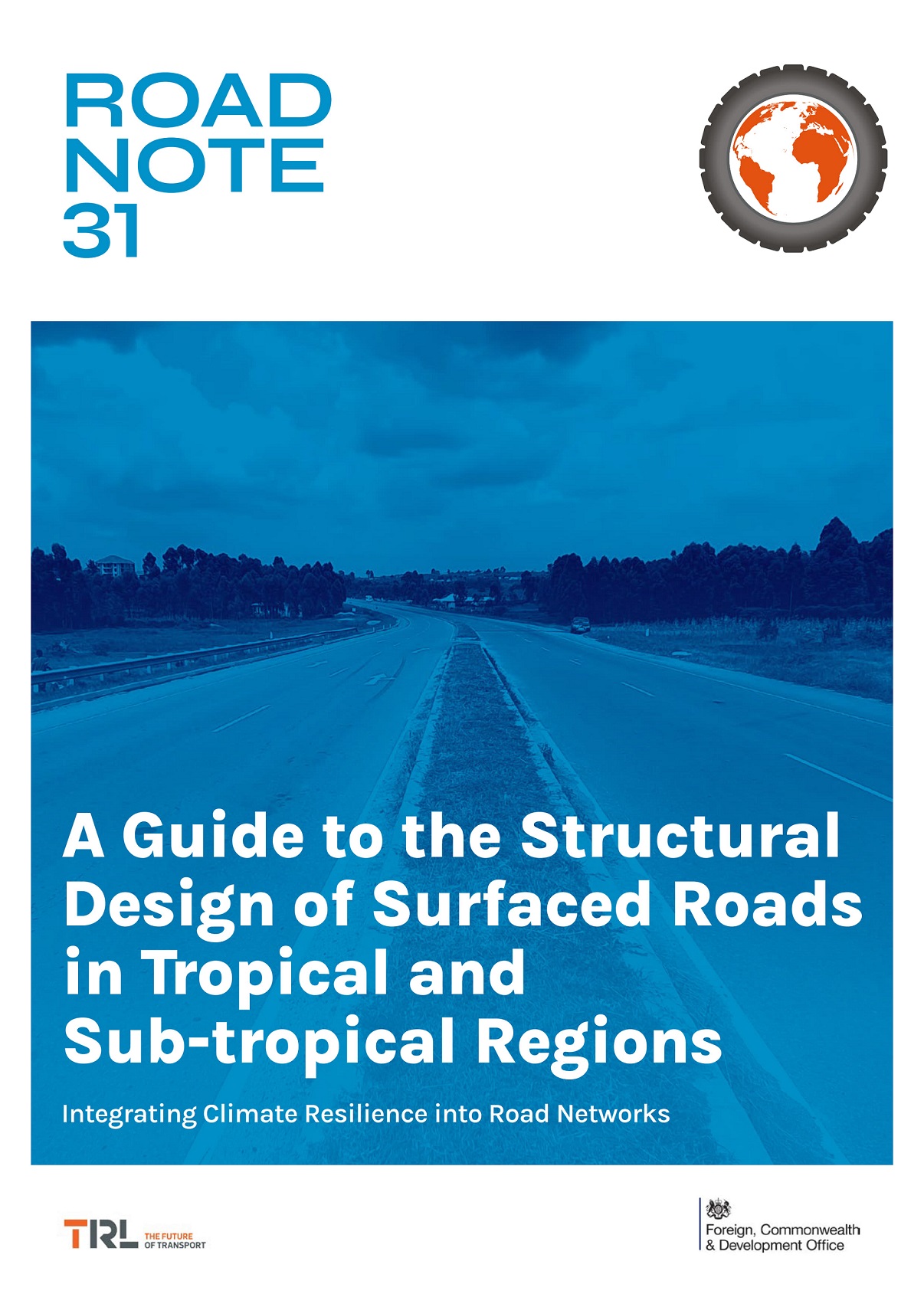The climatic conditions in tropical and sub-tropical areas present particular challenges for pavement design purposes. Road Note 31 was first published in 1962 and revised in 1966, 1977 and 1993 to take account of advances in our understanding of the behaviour of road-building materials and their interactions in pavements.
This 5th revision of the Road Note set out to take advantage of new technologies, methods and materials available to make roads in LICs/LMICs more affordable, more efficient, and more resilient to climate change. The team also wished to automate certain pavement design processes. and extend the design traffic range in ORN 31 to beyond 30 million equivalent standard axles (MESA).
The technical review process was conducted with extensive stakeholder engagement.
The updated RN 31 – the 5th Edition - is now fit for purpose for practitioners in LICs and MICs. The latest edition (updated Nov 2024) and can be downloaded here.
Dr. Nazmus Sakib, Assistant Professor at Islamic University of Technology, Dhaka, Bangladesh praised the new RN 31.
"The previous edition design catalogues had stopped at 30 MESA; for the 5th Edition this is now extended to 80 MESA. This is a welcome step since many roads are now designed to carry heavier traffic. The pavement design catalogues now also include options to make the pavement more climate resilient".
This 4 page guide provides a quick overview of what is new and different in the 5th Edition. The highlights are:- New interactive tools to take into account the effect of different axle configurations and tyre types (e.g. super-singles/wide-base) in the computation of design equivalent standard axles.
- Accurate determination of subgrade strength
- The use of recycled materials in pavement layers
- Minimising road closures with the use of Ground Granulated Blast Furnace Slag (GGBFS), and Hydraulic Road Binders.
- Options for climate resilient asphalt surfacings
- Detailed advice on surface and sub-surface drainage of pavements
- Two new flexible pavement designs
- Details of the Australian method of rigid pavement design
- New surface rehabilitation options
- Use of tools to calculate and select an economically justifiable design option
A set of 8 training workshops to explore the new and updated content of RN 31 is available on a YouTube playlist.
The research project to update RN 31, led by TRL, was funded by UKAID through the UK Foreign, Commonwealth & Development Office under the High Volume Transport Applied Research Programme. The HVT programme is managed by DT Global.
RN 31 comes with its own flexible pavement design catalogue but is designed to be used in conjunction with country-specific design manuals.
"I am confident that the new edition will prove to be as popular with practitioners as its predecessors".
Professor Charlotte Watts, PhD CMG FMedSci, Chief Scientific Advisor & Director of Research and Evidence Directorate, Foreign, Commonwealth & Development Office.
***
The spreadsheets referenced in RN 31 can be downloaded directly here.
Pavement Design Spreadsheet (Oct 2025)
This spreadsheet is used for the undertaking both flexible and rigid pavement designs based on the pavement options and materials presented in RN 31. Two methods of design traffic estimation are presented before undertaking the design, the method based on individual axles, and another based on axle groups. The spreadsheet is design to allow the user to control most inputs. It is recommended that it is used by experienced pavement design engineers.
Bituminous Surfacing - Initial Deterioration Diagnosis Tool
This spreadsheet is based on RN 18, now integrated into RN 31. It serves as initial diagnostic tool for determining the most like causes of defects observed in flexible pavements. After initial diagnosis is done, a detailed investigation and rehabilitation design is necessary.
Flexible Pavement Catalogue Design Examples with Overlay Design (Sept 2024)
This spreadsheet provides worked examples of flexible pavement overlay design based on the structural number method, and the RN 31 structural number and deflection method.
Pavement Design Options Carbon Comparison Tool V4
This spreadsheet is used for the comparison and selection of the most optimal design option from the pavement options and materials presented in RN 31. It has an embodied carbon (GHG) emissions calculator, a cost calculator, and a resilience scoring tool. The spreadsheet enables the selection of the most optimal design option based on the following criteria: initial costs, reseal/overlay/inlay costs, the net present value (NPV), economic internal rate of return (EIRR), greenhouse gas emissions (GHG), climate resilience score, and environmental social impact assessment (ESIA).
If you have trouble downloading or using the spreadsheets please contact TRL.
Whilst efforts have been made to ensure the accuracy of the information contained in this spreadsheet, the content is subject to change and TRL Limited, UK Foreign, Commonwealth, Foreign and Development Office (FCDO), and DT Global and their affiliated organisations cannot guarantee its accuracy or currency. The right is reserved to make changes to the contents without notice. TRL Limited, UK Foreign, Commonwealth, Foreign and Development Office (FCDO), and DT Global and their affiliated organisations do not accept any liability for any direct, indirect, incidental, or consequential losses arising from the use of these tools. By using these tools, you are deemed to have consented to these conditions.


